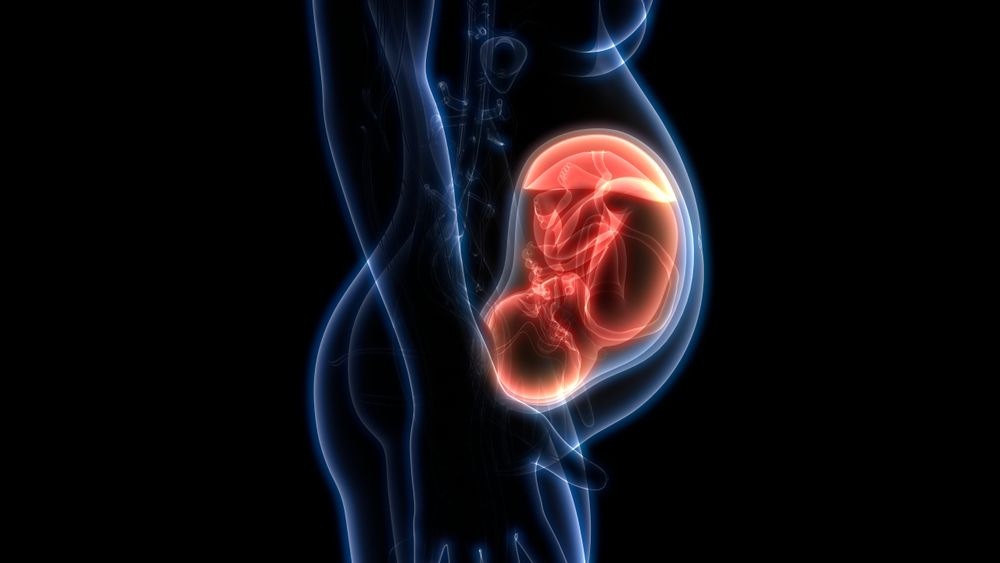Human sexuality is a fascinating blend of biology, psychology, and culture, shaping what we find arousing and why. Our desires, whether common or unconventional, stem from complex neurological pathways, early life experiences, and deep-seated evolutionary instincts. Society further reinforces or challenges these impulses, creating a diverse spectrum of sexual practices. By exploring the science behind our attractions, we gain insight into how our brains, emotions, and social environments shape the way we experience intimacy.
Nature, Nurture, or Both? Unraveling the Origins of Our Desires

Sexual preferences don’t emerge randomly—they result from a mix of biological and environmental influences. Prenatal hormone exposure plays a crucial role, as variations in testosterone levels during fetal development can shape brain structures linked to sexual orientation. At the same time, cultural norms and media shape our perceptions of attraction and acceptable sexual practices. These influences intertwine, proving that both nature and nurture contribute to the vast diversity of human desire.
Taboo and Temptation: Why the Forbidden Fuels Our Sexual Practices

People often crave what they can’t have, and psychology explains why. When society deems something off-limits, the brain experiences a heightened sense of desire through psychological reactance, which increases the appeal of the forbidden. Additionally, when desires conflict with personal beliefs, the resulting discomfort pushes individuals to either suppress or rationalize their feelings, reinforcing their attraction. The more taboo something becomes, the more it captures our attention, proving that restrictions and rebellion often go hand in hand when it comes to sexual practices and fantasies.
The Psychology of Porn: Why We Keep Watching

Pornography serves multiple purposes, from enhancing arousal to acting as an educational tool or stress reliever. Many people use it to heighten sexual excitement, while others seek to learn about intimacy and techniques. When traditional sex education lacks depth, porn often fills the gap. Additionally, watching adult content can provide an escape from stress or loneliness, allowing individuals to explore their fantasies privately. With easy online access, porn has become a widely accepted outlet for sexual practices and curiosity.
Pain, Pleasure, and Power: The Science of BDSM and Control

BDSM (Bondage, Discipline, Dominance, Submission, Sadism, and Masochism) challenges traditional ideas of pleasure by intertwining it with pain and control. When people engage in BDSM, their brain’s reward system releases dopamine, intensifying sensations and emotions. The consensual power exchange also fosters trust and deepens intimacy between partners, making the experience as psychological as it is physical. Far from being purely about pain or dominance, BDSM highlights the intricate relationship between the mind and body in sexual practices.
From Brain to Bedroom: The Psychology of Fetishes

Fetishes—strong attractions to specific objects, body parts, or sensations—often develop through early experiences that link a stimulus with pleasure. If someone feels arousal during an encounter involving a particular object or scenario, their brain may associate that stimulus with sexual excitement. Over time, this connection can turn into a fetish, where the presence or thought of the object becomes essential for arousal. Understanding fetishes helps shed light on the complexity of human desire and the unique ways individuals experience sexual pleasure.
Read More: Some People Are Coming Out As ‘Symbiosexual’ – Here’s What It Means
Why We Fixate on Certain Body Parts

Attraction to specific body parts, such as breasts or legs, stems from a mix of biological, psychological, and cultural influences. Biologically, features that indicate health and fertility often appear more attractive. On a psychological level, early associations between certain body parts and pleasure can reinforce lifelong preferences. Meanwhile, society and media further amplify certain physical traits, making them seem more desirable. This combination of instincts and learned behaviors explains why people focus on specific body parts when it comes to attraction.
Why Does Size Matter?

The idea that size matters comes from evolution, psychology, and social influence. Scientists believe that as humans evolved, larger genitalia may have helped with reproduction and attraction. Many men associate their size with confidence and masculinity, often shaped by cultural expectations and media portrayals. Movies and advertisements frequently emphasize size as a measure of desirability, reinforcing insecurities. However, research shows that while size may affect initial attraction, emotional connection and compatibility play a far greater role in overall satisfaction with sexual practices.
The Act of Giving and Receiving: Why We Perform Oral Pleasure

Oral sex plays a significant role in intimacy, serving both as a source of pleasure and a way to build deeper emotional connections. Many people use it as a form of foreplay, helping to increase arousal and physical comfort before intercourse. Others see it as an act of affection that enhances trust between partners. Cultural norms and personal preferences shape how individuals approach oral sex, but its widespread appeal highlights the deep connection between physical pleasure and emotional bonding in sexual practices.
Embracing Self-Love: The Benefits of Private Sexual Practice

Self-love plays an essential role in self-exploration and well-being. Engaging in self-pleasure allows individuals to understand their bodies, explore their sexual preferences, and release stress. Beyond physical pleasure, it fosters a sense of self-acceptance and promotes relaxation. Prioritizing self-love through solo intimacy can improve self-esteem and enhance mental health, proving that personal sexual practices are as valuable as shared experiences.
Bottom Line: Understanding Desire and Sexual Diversity

Human sexuality is as diverse as it is complex, shaped by a mix of biology, experience, and culture. From the way our brains process pleasure to the influence of societal norms, each factor plays a role in forming our desires and sexual practices. Whether rooted in evolutionary survival, psychological imprinting, or personal preference, every attraction has a story behind it. By understanding the science behind what arouses us, we gain deeper insight into human connection and sexual expression, embracing the wide spectrum of intimacy in all its forms.
Read More: Doctor Explains How Gen Z is Bringing Back an ‘Older Sex Trend’

